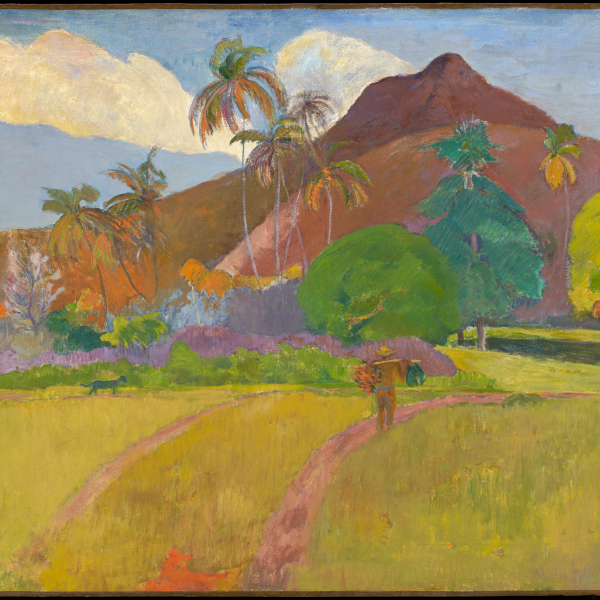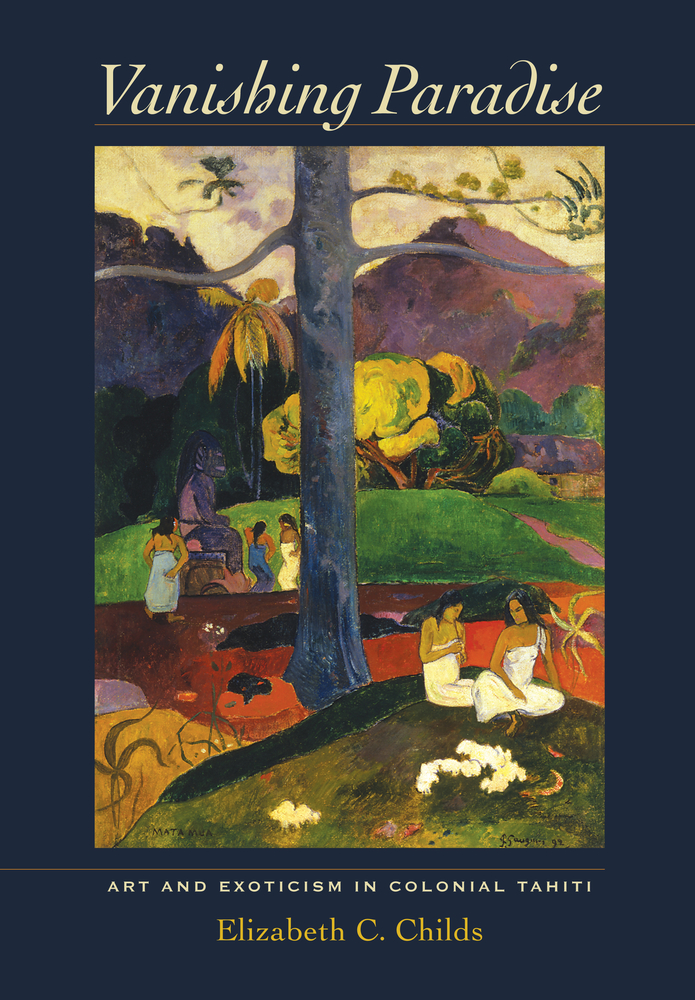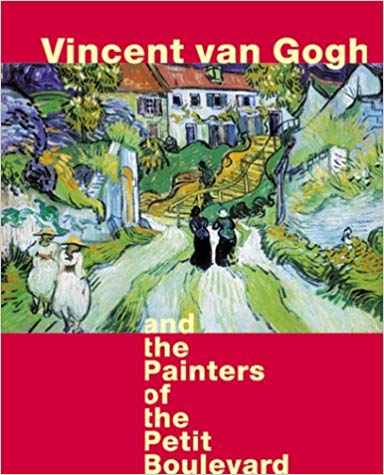Professor Childs’ field is modern art, encompassing late eighteenth- through early twentieth-century European art and visual culture, broadly defined. She is a specialist in European avant-garde modernism.
Professor Childs’s field is modern art, encompassing late eighteenth- through early twentieth-century European art and visual culture, broadly defined. She is a specialist in European avant-garde modernism (particularly painting, photography and prints). She has published on key figures including Daumier, Degas, Van Gogh, and Gauguin, as well as on selected chapters of American art, including the photography of exploration, the earth works of Robert Smithson, and the exoticism of John La Farge and historian Henry Adams. In her work on Gauguin, she has focused on Gauguin’s relationship to indigenous Tahitian and Marquesan culture as well as to colonial society, his work as a writer, his uses of photography, his interests in world religions and theosophy, and his construction of a primitivist identity. Future work includes a monograph on the late work and writings of that artist.
In her courses, Prof. Childs considers art in relation to its political, social and ideological cultures, with particular interest in art’s intersection with histories of colonialism, imperialism, tourism, anthropology and exploration. She is broadly interested in exoticism, orientalism and japonisme in both fine and popular arts, and their relationship to the study of gender and race; theories and practices of landscape painting and photography; modern art produced in cross-cultural and transnational contexts; and the collection, circulation and interpretation of non-western objects in the Euro-American art world. She is also interested in the relationship between art, science and cultural geography; the history of art censorship; the history of women artists and female agency within the art world; and the role of humor in visual art, particularly in caricature.
Professor Childs majored in art history and anthropology at Wake Forest University, and then studied at the University of Edinburgh, and at Columbia University (Ph.D., 1989), where she wrote her dissertation on exoticism in the political caricature of Honoré Daumier. She has held curatorial and education positions at the Metropolitan Museum of Art, the Guggenheim Museum and the Peggy Guggenheim Foundation. Her first faculty position was at the State University of New York at Purchase (1987-1992); she also held a Florence Gould Foundation Fellowship at Princeton University to study French painting and photography. Professor Childs arrived at Washington University in 1993. Her research has since been supported by a National Endowment for the Humanities Fellowship for University Teachers, an Elsa Mellon Bruce Senior Visiting Fellowship at CASVA at the National Gallery of Art in Washington D.C., and by several Faculty Research Grants at Washington University. Professor Childs’s teaching was honored when she was awarded the Council of Students in Arts and Sciences Excellence in Teaching Award in both 1996 and 2004. In 2008, she received a Distinguished Faculty award from the university at Founder’s Day. In both 2005 and 2016 she was honored to receive an Outstanding Graduate Mentor Award, from the Graduate Student Senate of Arts and Sciences.
She especially enjoys visiting museum collections with her students, and has taken undergraduates and graduates alike regularly on field trips to Washington D.C., Chicago and Kansas City. Most of her courses include required visits to and assignments based on research in local museums, notably the Saint Louis Art Museum, the Mildred Lane Kemper Art Museum, and the Pulitzer Foundation for the Arts. In the fall of 2019, Professor Childs and her students in the travel seminar "Paul Gauguin in Context" visited London to further study the artist's work and life. In the fall of 2024, she will return to London again with a travel seminar sponsored by the West Bay View Foundation, to visit the exhibition "Van Gogh: Painters and Lovers," at the National Gallery.













